Description
White Bird of Paradise/ Strelitzia Nicolai/ Crane Flower
The Bird of Paradise is one of the most colorful flowers in the world. The name Bird of Paradise comes from its spectacular flower shape which resembles a bird’s beak and head plumage. Bird of Paradise, also known as Crane flowers
White bird of paradise, with its enormous leaves, upright stems, and peculiar flowers.
The unique white bird grows in a clumping form and needs a large area in which to spread out and unfurl its big leaves.
The plant blossoms on and off during warm weather, with flowers that bear an astonishing resemblance to a bird’s head.
The blooms, however, are less important to your landscape than the ultra-tropical look created by the beautiful foliage. The leaves look like an elite version of a banana plant. These leaves are pretty fragile and regularly tear in the wind.
White-flowered wild banana leaves, which are lanceolate and can measure as much as 6′ feet long and nearly 2′ feet wide, eventually form a crown at the top of the stem much like a palm.
A white bird of paradise can be a real showpiece in a landscape.
It can be used to accent tall pillars near a home’s entrance, add a tropical note as a backdrop in a mixed bed, or as a striking container plant on the patio or pool deck.
Bird Of Paradise Care
| Sunlight | Full to partial sunlight, Keep the plant in indirect bright light. |
| Watering | Moderately, Poke your finger into the soil, if dry then apply water. |
| Soil | Sandy loam soil, Check the moisture in the soil before watering it. |
| Temperature | 20 to 30 degrees C |
| Fertilizer | Apply organic fertilizer |
Plant Tip
This plant is named after the colorful flowers it produces.
Common Problems
If you have a cat or a dog, make sure they do not eat it. And hey, neither should humans. The best practice is always to keep houseplants out of reach of small children and pets. The Bird of Paradise is usually pest-free, but if it happens, treat pests as soon as they appear with weekly sprays of horticultural (Neem) oil and regular wipe-downs with a soft rag until they are eradicated.
- SYMPTOM: Leaves turning brown and crispy at leaf edges
- CAUSE: Underwatered, high salts, or potassium deficiency.
- SOLUTION: Water more often and monitor response.
- SYMPTOM: Leaves have split along side-ribs
- CAUSE: Torsion of leaves caused by mechanical damage. Possibly due to strong wind or bumping into the plant.
- SOLUTION: Be mindful of the space around your plant.
- SYMPTOM: Wilting leaves or leaves curling in.
- CAUSE: Underwatered.
- SOLUTION: Water more often and monitor response.
- SYMPTOM: Yellowing, with bright yellow leaves. Usually, the basal leaves will be yellow first.
- CAUSE: Rot or root disease; overwatering; or pot-bound.
- SOLUTION: Allow wet soil to dry out or try repotting.


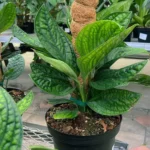
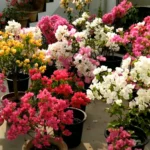


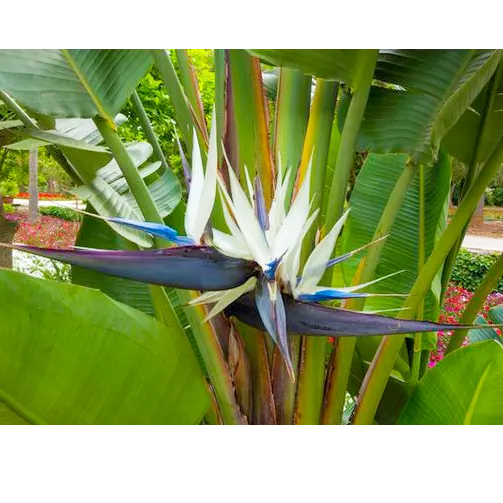
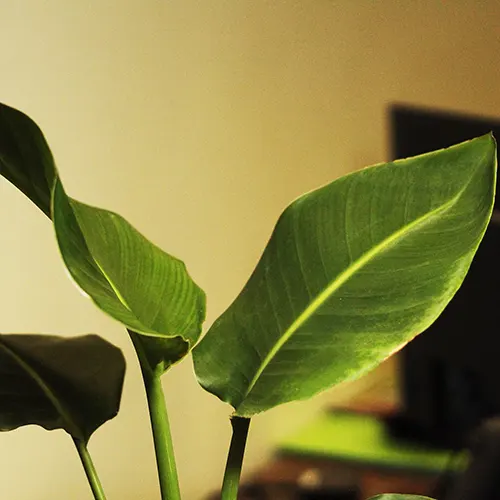
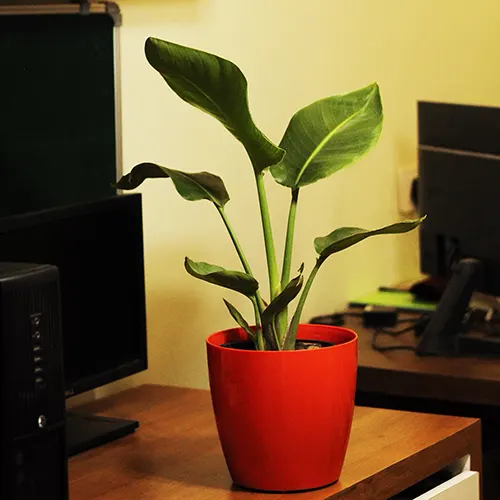
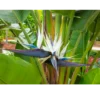
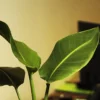
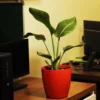
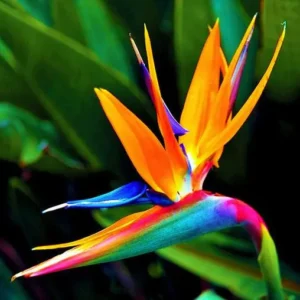
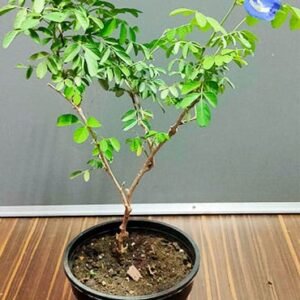
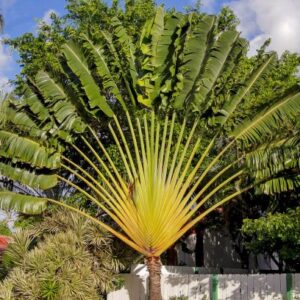
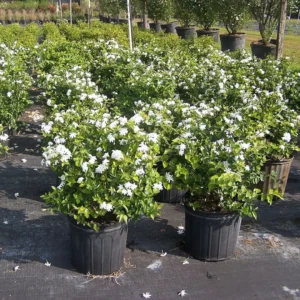
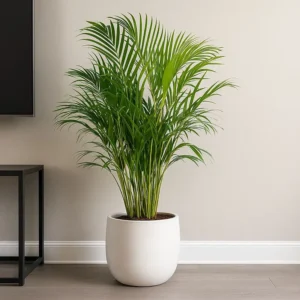
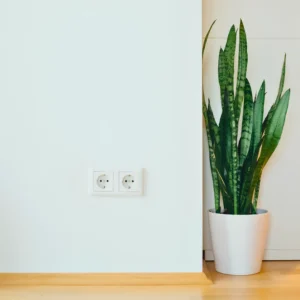
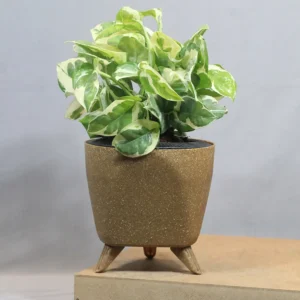

kvachar –
Very happy with the purchase.The plant was of good size and in healthy condition.
Thank you.